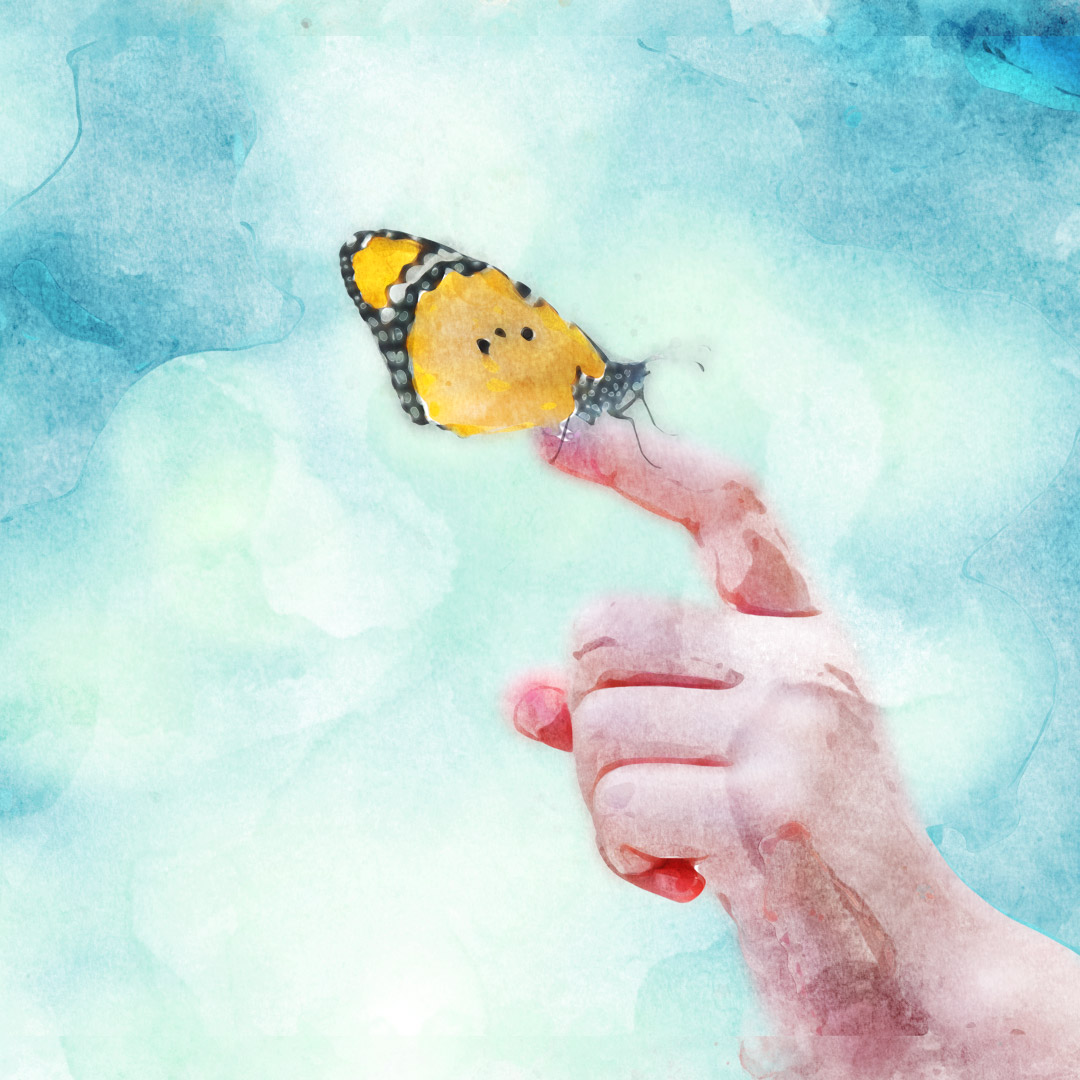Neiguan Meditation is a technique of observing the interior state of your body and mind(1).
Introduction
Neiguan is the fourth most important meditation practice in the Taoist tradition(2). The technique involves visualizing the inside of your body, mind, internal organs, thoughts and the movements of qi or one’s vital force(3). Through this practice, the meditator can familiarize themselves with nature’s wisdom existing within their body(3).
According to Taoist belief, within us exist five inner spiritual presences or ‘deities’ associated with our five organs: ethereal soul (liver), corporeal soul (lungs), vital essence (kidneys), intention (spleen), and spirit (heart)(2). It is believed that when the practitioners observe these organs along with their mind and qi, they can transform negative dimensions of themselves into their positive counterparts(2).
History/Origins
Neiguan Meditation emerged during the Tang dynasty (618–907)(2). The basic form of the method involved contemplating the body and purifying consciousness(2). The meditation practice was first introduced in late medieval Taoist monasticism and it was influenced by Buddhist mindfulness or insight meditation(2).
However, there are key differences between Buddhist Insight Meditation and Neiguan. Unlike the Buddhists, Taoists emphasize the importance of physical energy and the presence of internal deities(1).
Benefits of Neiguan Meditation
According to a research paper by Jai Paul Dudeja(5), Neiguan Meditation has the ability to calm the practitioners’ mind, leading to happiness, peace, self-realization, and bliss. By practicing this method, one can reach a deep level of mental and physical relaxation. A very recent study(6) also suggests that Neiguan Meditation combined with Mindfulness techniques, can successfully reduce depression and physical suffering.
References
- Taylor & Francis | The Encyclopedia of Taoism: 2-volume Set, Edited by Fabrizio Pregadio
- Daoist Meditation: Theory, Method, Application by Louis Komjathy, Associate Professor of Theology and Religious Studies, University of San Diego
- Psycho Information Technologies | Psychology of Meditation: A Practical Guide to Self-Discovery by Dr. Akbar Husain and Dr. Asif Hasan
- Shambhala | Being Taoist: Wisdom for Living a Balanced Life, Edited by Eva Wong
- International Journal of Advanced Scientific Technologies in Engineering and Management Sciences | Volume 3, Issue 6 | 2017 | Scientific Analysis of Mantra-Based Meditation and Its Beneficial Effects: An Overview by Jai Paul Dudeja
- Religions | Volume 12, Issue 3 | 2021 | Teaching Transnational Buddhist Meditation with Vipassana (Neiguan) and Mindfulness (Zhengnian) for Healing Depression in Contemporary China by Ngar-sze Lau






